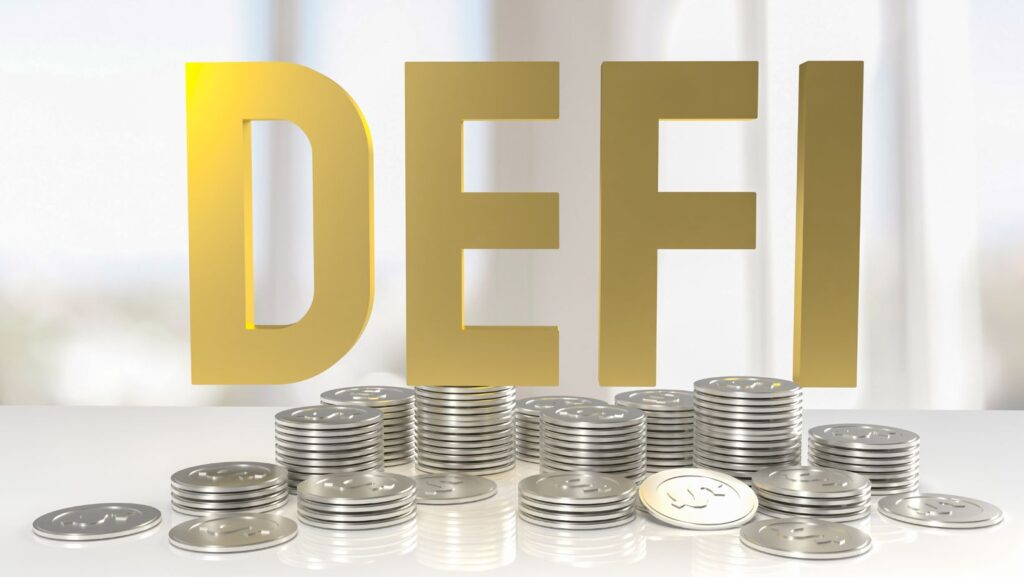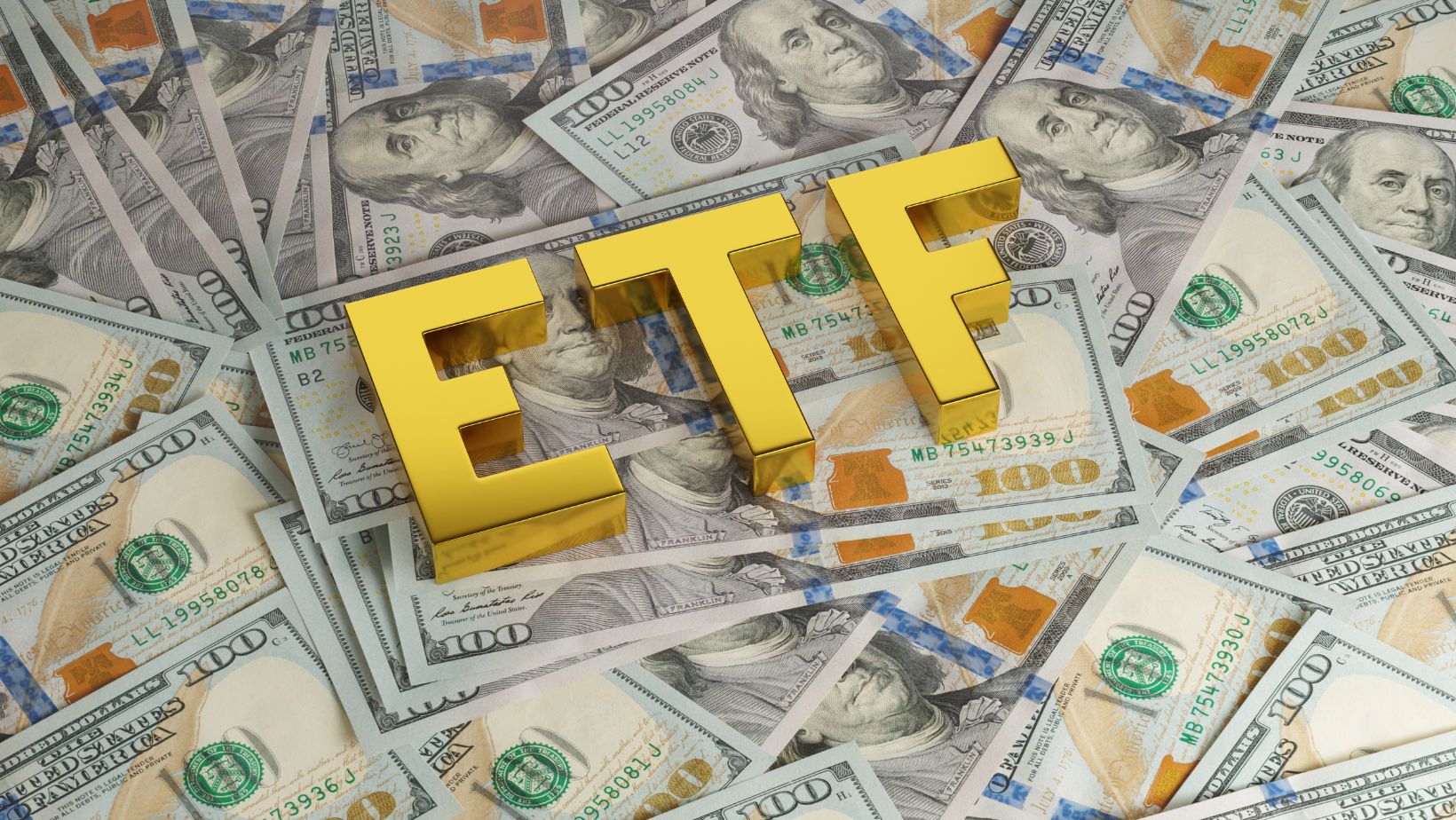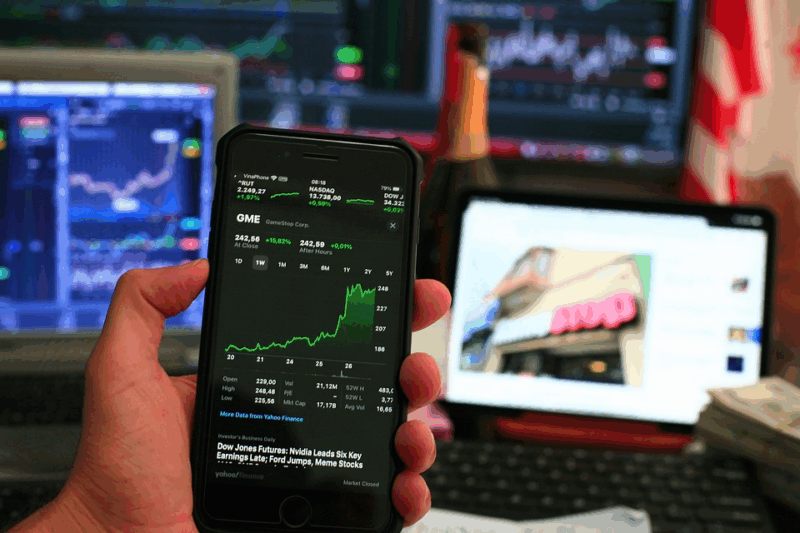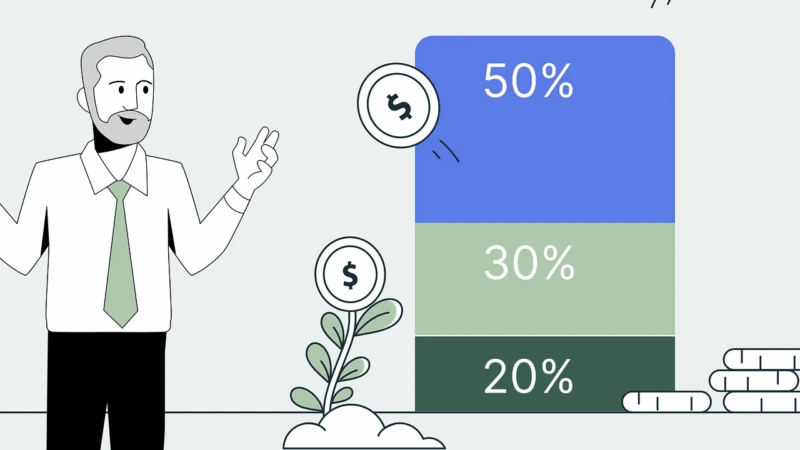
The approval of spot Bitcoin exchange-traded funds on January 10 triggered the ascendancy witnessed across the global market today. The decentralized finance (DeFi) is actively looking ascendant to the extent of replicating the 2020 memories identified as DeFi Summer.
The ascendancy in DeFi manifests in the yields that recently triumphed over the returns from conventional investments. The trend yields optimism that the digital asset space is bound to witness another DeFi Summer activity.
Riskier Assets Become Appealing: Is DeFi Summer Likely?
A review of the DeFi activity shows that MakerDAO’s DAI Savings Rate offers users a 15% yield, though they are earning 27% in other riskier corners, such as Ethena Labs. A crypto trading expert reflected on the bull market where TradFi rates remain in the shadow of DeFi offers.
The DeFi space languished last year as the crypto industry battled the lengthy crypto winter, and the Federal Reserve (Fed) led other central banks in hiking interest rates. The move made less risky investments more appealing as the safer treasuries offered higher yields.
The tables have changed, and the DeFi ascendancy is evident as the space is bustling with activity, attracting interest from TradFi players. The shift calls for tech companies to develop support infrastructure, including trade automation, to accommodate higher trading activity.
The need to automate trades made a case for integrating crypto trading bots such as Code Trader Bot 1000 to ease the execution and management of trading strategies. Considering crypto trading bots is necessary given the influx of activity, as the median DeFi yield leaped in early March to 6% from the 2-3% range last year, as per DefiLlama data.
Spot Bitcoin ETFs Fuel DeFi Past TradFi
The DeFi yields are contrastingly higher compared to the Secured Overnight Financing Rate (SOFR) of 5.3%, which banks apply to pricing the dollar-denominated derivatives.
The prevailing bull market is riding on the solid institutional tailwinds steered by Blackrock and Fidelity since the spot Bitcoin exchange-traded funds arrived in January. Besides, traditional financial firms are leading the race to tokenize real-world assets (RWA), the ownership representation of conventional assets via blockchain-traded tokens.
The past year saw the yields derived from the fixed-income products rival the offer from the DeFi platforms. It is no coincidence that traditional finance firms, including BlackRock and JPMorgan, have accelerated their crypto efforts toward tokenizing higher-yield assets, including money-market funds and treasuries.
Steakhouse Financial co-founder Sébastien Derivaux considers that the DeFi and crypto yields would begin heating up in October last year. The DeFi rates started competing only to outgun the SOFR later. At this point, the crypto-native DeFi products became more appealing than the tokenized conventional products.
Derivaux considers it customary for the bull market to coincide with higher rates within lending protocols. Lucas Vogelsang, the head of tokenization firm Centrifuge, observed that the trend is intensifying to match the rapid hikes witnessed as Covid 19 intensified in early 2020.
Vogelsang illustrated that the financial sector has witnessed a pair of complete changes where Fed rates rose overnight to test 2%. The hike eroded a critical reason that previously gave DeFi a lifeline.
Bull Market Leave TradFi Trailing DeFi Yields
Vogelsang observed that the bull market portrays a pacy rate, leaving DeFi and TradFi in an opposite state.

Nevertheless, the crypto industry is relatively small to the extent that capital is inadequate to lend to the bullish people.
The situation becomes a mindless community of borrowing capital at high rates. Though institutions are showing higher interest in crypto, few are filling the gaps arising in the market demand.
Vogelsang illustrates that the money market off-chain can hardly yield 12% owing to insufficient supply. Such is interpreted as immaturity signs keeping institutions from entering the ring.
Dragonfly general partner Rob Hadick illustrated that DeFi lending rates appear unsustainably high to the community, reminiscent of how crypto projects quickly blew up in late 2022.











